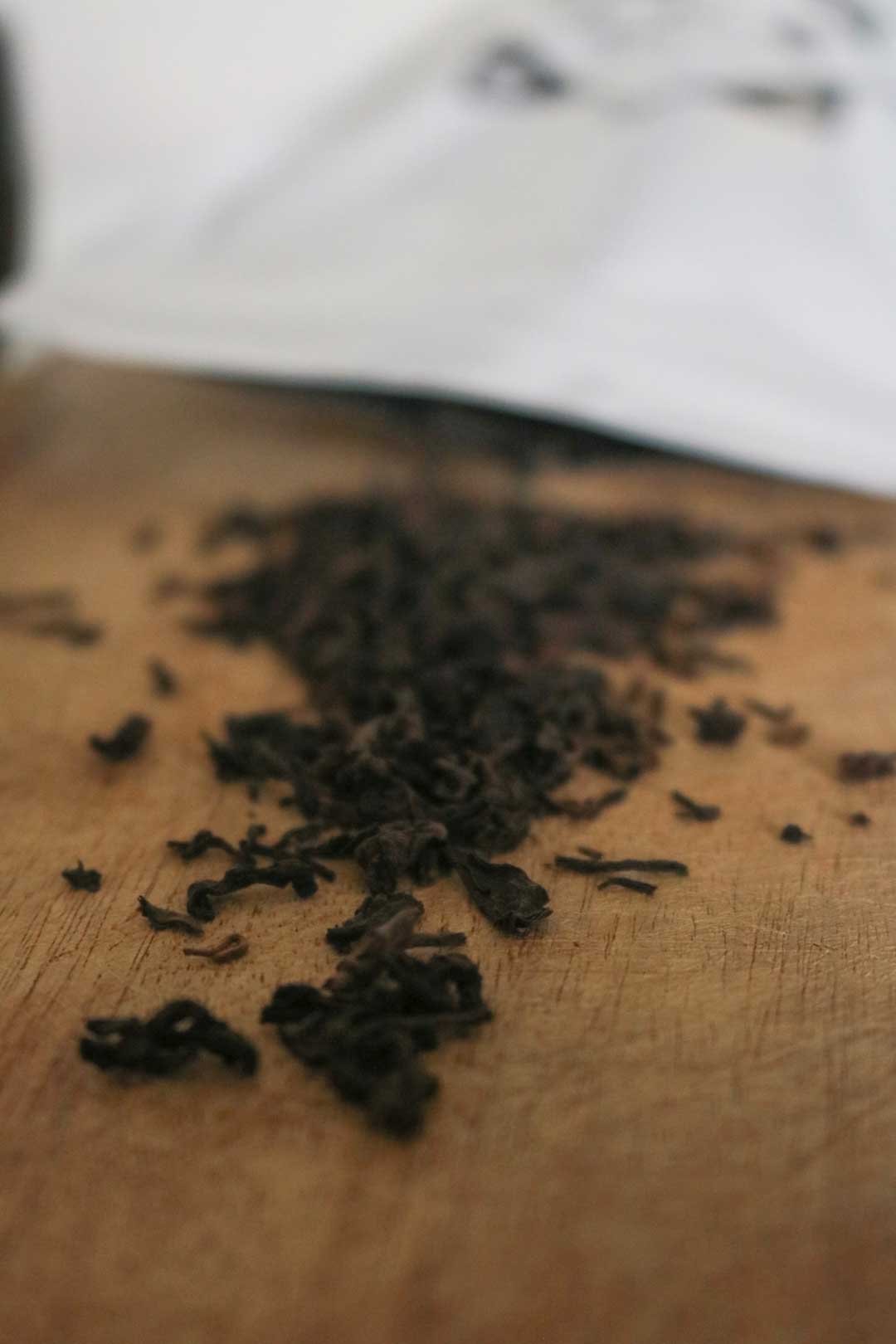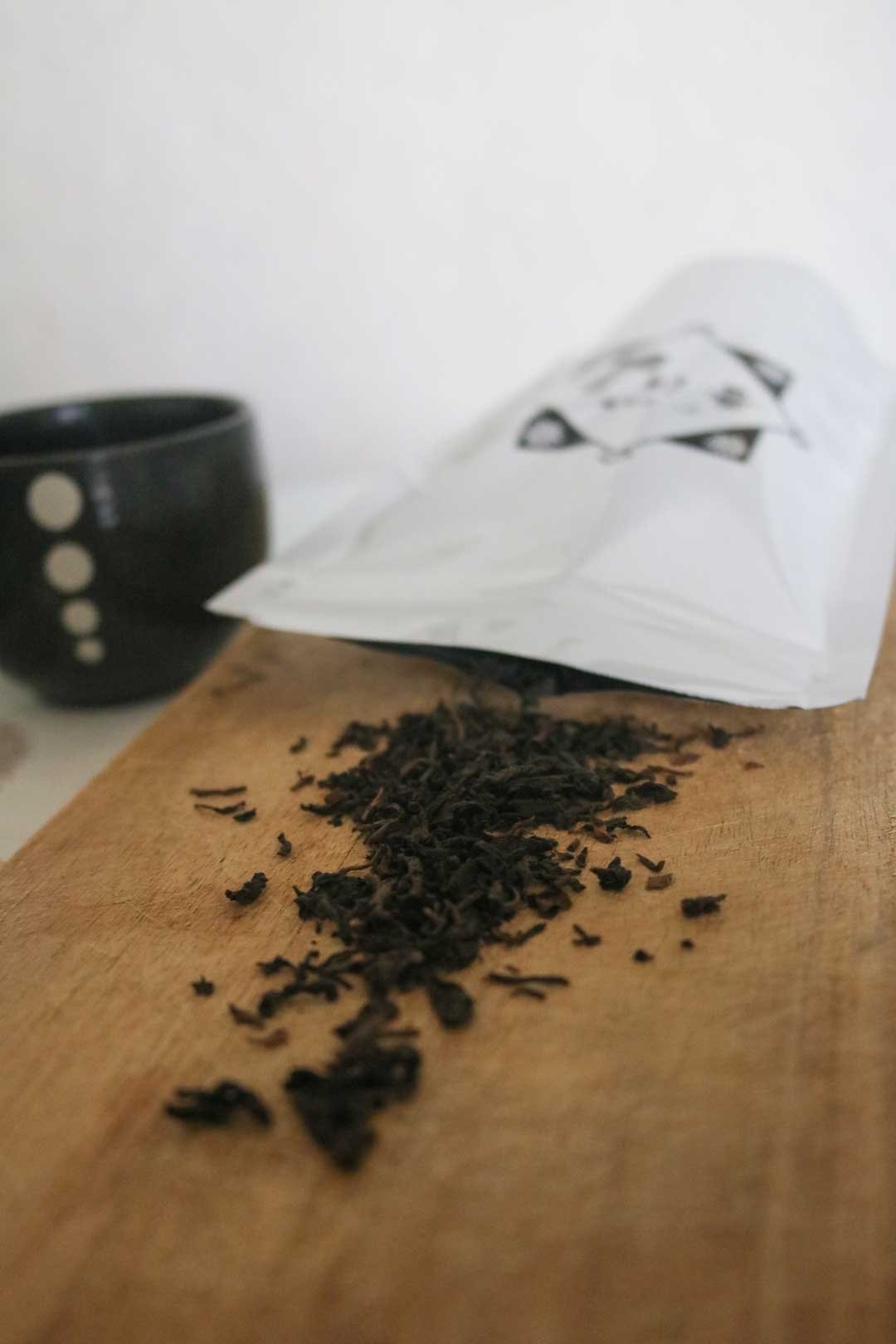How to Store Pu Er Tea
If you're a fan of Pu Er tea, you know that good Pu Er can be very expensive (This summer, a rare 2.24kg lot of 7 Pu Er tea cakes was sold for no less than US$672,000!). Although they aren’t all that costly, it’s still an investment of money, but also of time as Pu Er tea takes years to age. Only one careless mistake during storage and your tea could end up becoming undrinkable…
That's why you need to know how to store Pu Er tea properly. But don’t worry, it’s not difficult. You just need to follow a few rules for your tea to acquire this sweet and aromatic flavor aged Pu Er is famous for.
So read on to learn:
What is Pu Er tea?
How come it can be aged?
The dos and don’ts when storing Pu Er tea
What is Pu Er Tea?
Pu Er tea is a kind of Chinese fermented tea that can only be grown and processed in Yunnan Province. Just like wine and cheese, Pu er’s taste can get better with time. It is famous for being pressed into tea cakes to be aged, but it can also be let loose (although cakes are better for long-term storage).
You can find 2 types: Sheng Pu (Raw Pu Er) and Shou Pu (Ripe Pu Er). Both are fermented but in a different way (more on that soon). By the way, if you feel like learning more about Pu Er tea, try to read our detailed guide on What is Pu er Tea here.
Shou Pu and Sheng Pu
Although they are both Pu Er, Shou Pu and Sheng Pu don’t belong to the same tea category:
Sheng Pu is technically a Green tea
Shou Pu is a Black tea (I’m not talking about Red tea or what we call ¨Black tea¨ in the West, but about Dark tea)
Sheng Pu Fermentation
Regular Green tea goes through a step called Kill-Green (usually via heating). This denatures the enzymes within the leaves responsible for their change in taste, aroma, and color. This step stops the leaves ‘oxidation, allowing the tea to retain its green color and vegetal taste.
But Sheng Pu is enzymatically fermented. Meaning it’s purposely allowed to retain some enzymes in its leaves, slowly but surely fermenting the tea further.
Shou Pu Fermentation
Shou Pu is microbially fermented. Essentially, the tea leaves are placed in wet piles with the addition of microbes, and allowed to decompose. This process modifies the chemical constituents of the leaves. It gives the tea its distinct earthy flavor and deep black color when brewed.
Extra info: We actually wrote an entire article dedicated to Shou Pu’s unique fermentation process. You can read it here: The Story Behind Shou Pu Fermentation.
Why Can You Age Pu Er?
Some teas like Matcha green tea can’t be kept for long. They quickly lose their freshness… But in the case of Sheng Pu, we saw that some enzymes are still active. And that is why it can be aged.
If Sheng Pu is stored in the right conditions, the enzymes will go on producing new aromatic compounds:
The astringent taste of Sheng Pu will mellow out
The leaves will take on a darker color
Although Shou Pu can also be aged, Sheng Pu is seen as the one with the most aging potential. That’s because Shou Pu’s fermentation process was an accelerated one. So the tea might get a cleaner taste over time, but it might not acquire new and complex flavors like Sheng Pu.
Note: It’s totally ok not to age Pu Er tea. Some tea lovers enjoy the astringent taste of younger Sheng Pu and drink it without aging it. Also, note that only good-quality leaves can taste better with time.
How Long Can You Age Pu Er Tea?
Generally speaking, Raw Pu Er’s aging potential is around 30 to 40 years. However, there is no problem with consuming it after a few years only or aging it beyond 40 years. The time will mainly depend on the taste you want to achieve. But Ripe Pu Er doesn’t need to be aged so long (10 to 20 years is more than enough).
3 Key Points on How to Store Pu Er Tea
1 – Airflow
Remember, your tea is full of enzymes that need to be kept alive. They are the ones who change the taste of your tea for the better. This means Pu Er leaves need a minimum of oxygen for the enzymes to go on doing their work.
That’s why your tea should be stored in a dark, well-ventilated room. The container also should allow the tea to breathe. You can store Pu Er cakes in paper (the original wrapping is ideal), a cardboard box, or a wooden box for example.
2 – Temperature
Micro-organisms in Pu Er tea are like us, they like room temperature. So you are looking for a room with a temperature between 20 and 30°C. If your room is too cold, the enzyme in the leaves will be significantly slowed down. And if it’s too hot, the aging process might be overly accelerated.
Also, Pu Er leaves are not fans of sudden temperature fluctuations. That’s why it’s not a good idea to place your tea right next to your heater, AC, or opened window.
3 - Humidity
On top of oxygen, Pu Er also needs some humidity to age properly. So you are looking for a place that is not too dry or humid (between 50% and 75%).
Too much humidity could lead to mold developing on your leaves
While an excessively dry environment will considerably retard aging
Humidity is also linked to temperature. In fact, the lower the temperature, the higher humidity you want. It’s not a bad idea to control your storage room’s humidity by using a hygrometer.
Extra tip: Keep your Pu Er away from light and strong odors like spices, perfumes… (like, not in your kitchen cabinet). Also, avoid storing Raw and Ripe Pu Er together.
Learn With Us
So you see, storing Pu Er tea is not so difficult. Just remember to control the condition of your storage:
Airflow
Temperature
Humidity
By following these simple tips, you can ensure your Pu Er tea will be stored properly and get the best results in terms of taste. And if you have still unanswered questions about Pu Er, leave us a comment or check out our previous article 7 Things To Know About Pu Er Tea here.






